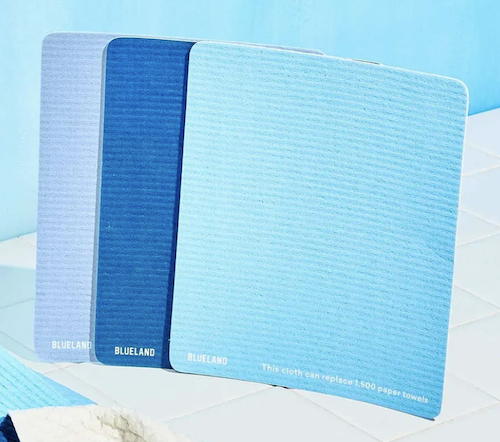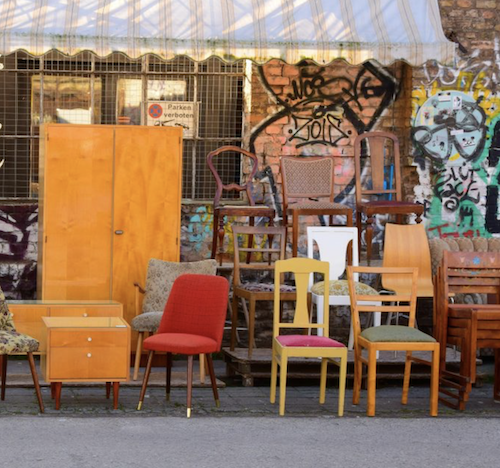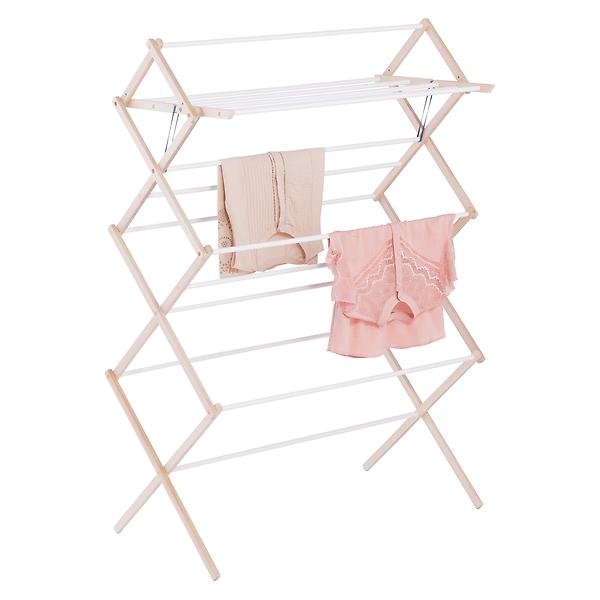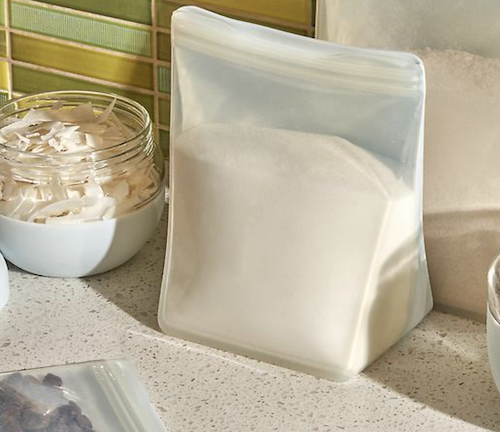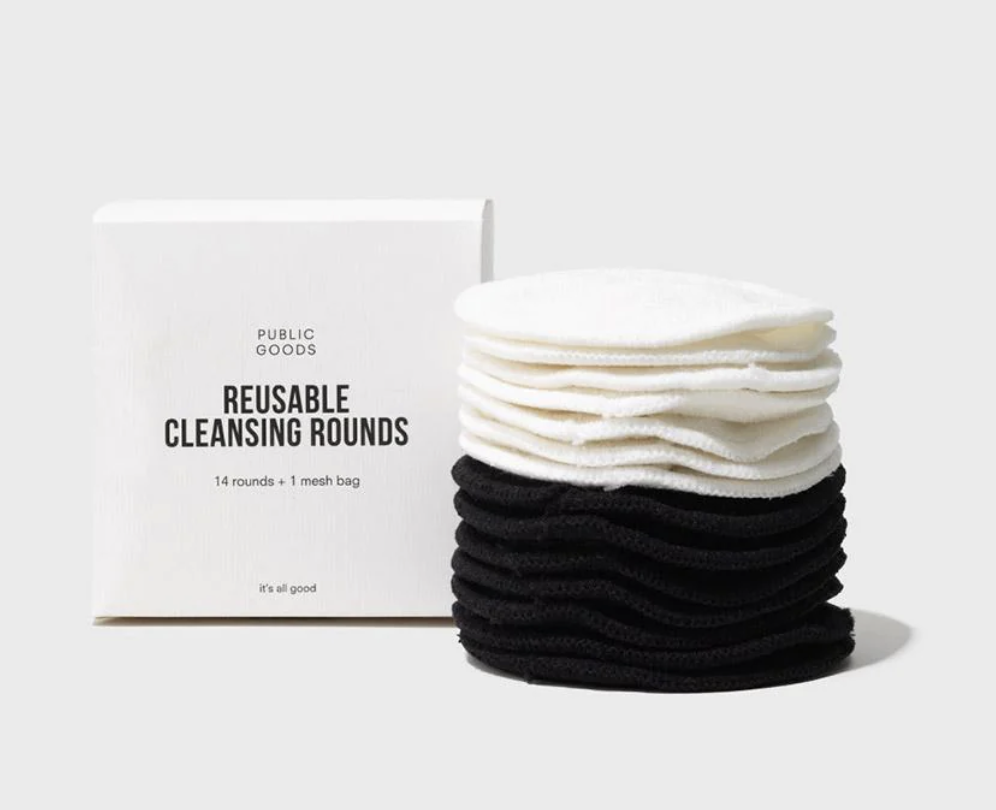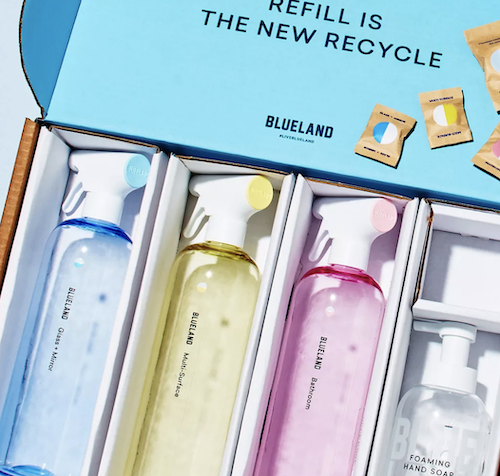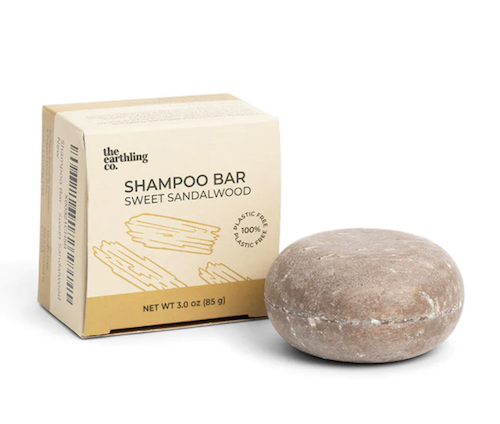Looking for the better option? Try these small swaps in your daily routine to help cut back on your carbon footprint and live a mindful life.
Category is: home goods
There are so many things we do in our day-to-day lives that have simply become the norm because they are our habits. These activities may seem harmless at first, but when you think about the collective impact of every person using a handful of single-use paper towels daily, the waste can add up. It may feel silly to change your habits that have become easy in your daily routines, how big of a change can one person make? However, the collective actions of us all, however big or small, add up and that ripple effect can be the change we need to create the biggest impact. The collective act of us all to switch to reusable dish cloths can shift the consumer market and that may have an incredibly powerful influence on our environment.
Here are some shifts I’ve made at home that are small, yet mighty with their positive impact.
Swedish dish cloths:
While paper towels themselves don’t have a huge impact per sheet, the detrimental impact of them as a whole can add up quickly. This can account for deforestation, global warming, and an increase of waste. Recycled paper towels are a great option but reusable is even better! Check out this article for an in-depth look at the life-cycle analysis on the paper towel.
Secondhand furniture:
Nowadays nearly all of furniture is produced overseas so in addition to the actual production processes that ontributes to deforestation, shipping globally has a huge carbon footprint. Buying secondhand locally from places like Facebook Marketplace helps reduce waste in our landfills as well as significantly reducing the distances furniture has to go to reach our homes. To reduce costs of furniture, many companies will source cheaper materials that are ultimately more susceptible to damage and harder to recycle. The EPA cites that more than 12 million tonnes of furniture were thrown out in 2018, 80% of that ending up in the landfill. Secondhand furniture is a better option both environmentally and sometimes economically as well. CNN has a great article about the detrimental aspects of the ‘fast-furniture’ market.
Hang drying clothes:
A recent study by Neil J. Lant et. al suggests dying clothes in a dryer may in fact increase microfiber pollution to the external environment. There have been extensive studies on microfiber pollution from the washing machine draining but this latest study suggested that the moist air coming out of the pipework linking the machine to a vent in an external wall is in fact polluting our air. In addition, if you’re unsure if your energy usage is coming from renewable sources, hang-drying your clothes is an easy way to significantly cutback on your household footprint.
Stasher bags:
On Tiny Waste blog, I read about how traditional zip baggies like ZipLoc have a significant impact on our environment. Firstly, they are made of plastic (made from crude oil), which generates lots of pollution as well as the fact that the product itself is not biodegradable. Because plastic bags take on average 400 years to break down, that means that none have broken down since the creation of plastic. Stasher bags are a fabulous alternative that are freezer, dishwasher, and microwave safe.
Reusable cotton rounds:
When looking to reduce your footprint at home, look for things you do daily that often create waste and see how you can find a reusable alternative. I used to rely on cotton rounds to take off my makeup, add toners and serums, however now I rely solely on the reusable alternative. The Better Goods team shared on a recent blog post that cotton requires a lot of natural resources like water to produce. A t-shirt for instance may use 20,000 L of water to make. Disposable makeup wipes may be even worse as they are made with polyester, polypropylene, cotton, wood pulp, and rayon and are not biodegradable.

